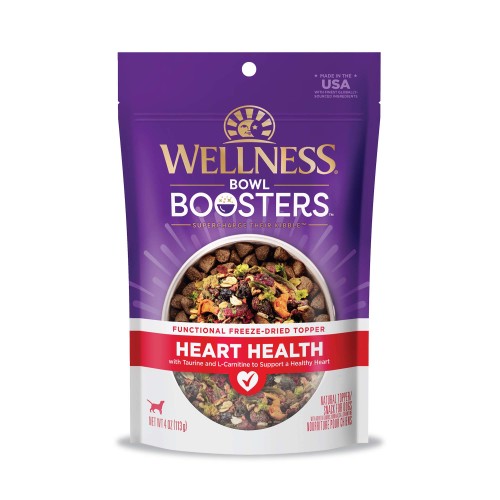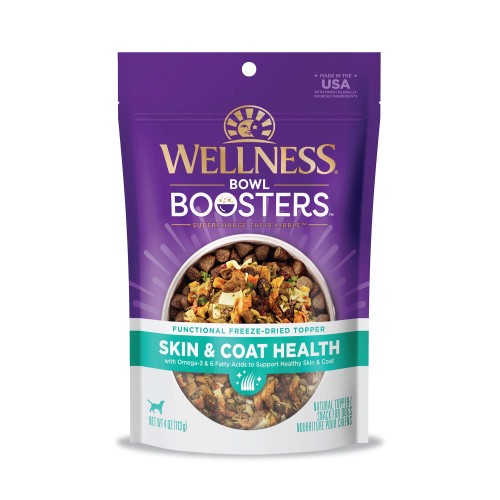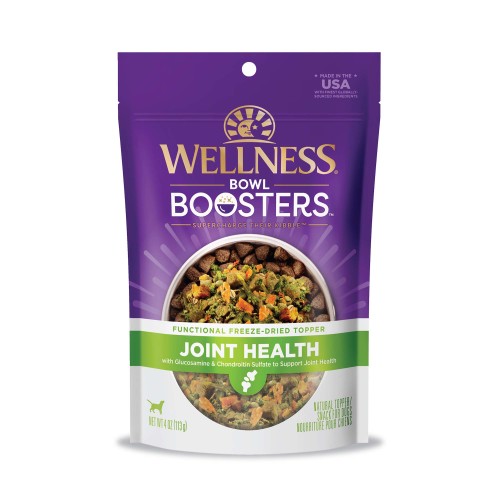September 29, 2020
How Many Calories Should My Cat Eat: A Guide to the Right Caloric Intake
Feeding our cats can be tricky.
They may have specific tastes, they may have health restrictions, or they may simply want more food than what we are giving them, but when it comes to being a cat parent, we have to ensure we are doing what’s right for our furry friends and not give in to their every want and need.
While every cat is different, there are some general guidelines when it comes to feeding our feline friends. Typically, owners should look at what their cat weighs to determine how many calories their cat should eat per day. These numbers also connect to your cat’s age, activity level, and health. Check out the guide below for some helpful tips. If you’re not sure how to proceed, talk to your vet to help you make the right choice.
How Much is Too Much?
- Kittens: Cats are considered “kittens” between the ages of 0 to 12 months. During this time, these little babes need calories to grow! It’s suggested that kittens eat 60-65 kcal/pound, and they will typically eat wet food with a high fat content to help them put on weight and support optimal development. Be cautious not to overfeed your kitten. Watch their weight and adjust their food intake based on their growth. Some cats may grow more quickly than others which means you’ll have to increase their caloric intake more often. If you feel you’re over/underfeeding your furry friend or just not sure the right amount, check in with your vet regarding the type of food, amount, and feeding frequency.
- Adult Cats: Cats are considered “adult” after the age of 1 year old. While they may still act like rambunctious kittens between 9 and 12 months, most cats will reach their adult size during this time. For adult cats, it is recommended to follow the feeding guidelines of the specific product you are choosing to feed that matches their lifestyle or special needs such as indoor recipes or hairball recipes.
- Senior Cats: Cats are considered “senior” when they reach the age of 10-11 years old. Just as with adult cats, it is recommended to follow the feeding guidelines for the specific product they eat. Keep in mind that this may differ depending on their health issues and/or activity levels. Senior cats typically begin to lose weight with advancing age, so a great option is adding in highly palatable wet food such as Wellness with a taste that 9 in 10 cats love* to help increase mealtime enthusiasm and help them keep the weight on.
When it comes to making choices about how much to feed our cats, always check the labels on the bag/can. The listed guidelines can help us make the right choice based on food type and brand. If you’re ever unsure, call your vet and have them help you make the right diet choices based on your cat’s age, health, and activity level.
You can also check the Wellness product catalog and create a filter to find the right food for your furry friend. With all-natural ingredients combined into kibble and wet recipes that 9 in 10 cats love the taste of, you’re bound to find something for your picky eater and health prone senior. If you’re going to offer your cat treats, look for the best from Wellness. All options offer natural ingredients and high-quality flavors.
All the Extras
We love to pamper and spoil our cats, but another place our cat’s diet can get out of control is when it comes to treats. If you feed your cat scraps from your plate or like to give them treats, it’s important to remember that these snacks are not zero-calorie options. They add to the day’s calorie count.
If you’re an owner that loves to give your babes a few treats here and there, be sure to remember that every time you feed your cat a treat, that should be taken into account when you feed your cat their daily meals. It’s also important to remember that even though our bodies can digest the food we eat, a cat’s digestive system is different. Limit and/or remove human food from the equation to ensure they stay healthy and well.
A Few Reminders
Every cat is different. Some have health issues, some have great metabolisms and are quite energetic, and others simply want to sit in a window box all day long. With that being said, it’s important to make the right food choices for your cat. Always talk to your vet before making diet changes to ensure you’re making the best choice for your furry friend and observe their behaviors around eating. They will always let you know if something is wrong and needs to be addressed when it comes to their food. All we have to do is pay attention.
* Based on Studies of Wellness Cat at an Independent Kennel. Data on File.





